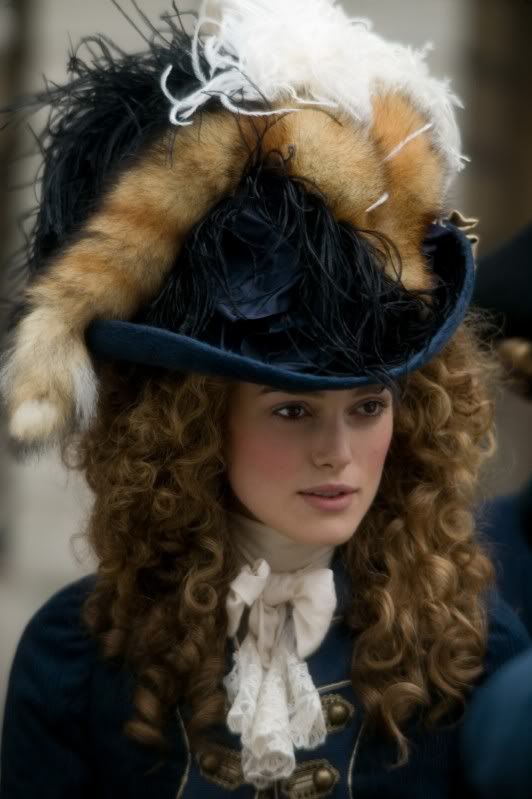 |
| A totes realistic portrayal of 18th century womanhood. |
1. Authenticity. This mostly concerns period dramas, but since they make up the vast majority of costume award nominations (not that awards are the be-all and end-all of cinema, but still.) it's probably the most important point. A lot of fuss is made over historically accurate costuming, which I'd immediately dismiss as pointless. First of all, you can't make a truly historically-accurate costume for anything set before, oh, 1850 or so, for these reasons:
- Lack of availability of detailed/accurate documentation of day-to-day clothing. Only the rich had portraits, and those would be idealised. There is no such thing as a "casual" painting, and until you reach the age of photography, it's difficult to find pictures of what most people (ie, poor people) would look like in real life.
- Methods of clothing production are completely different now than they were even 100 years ago, and many of the materials used are now unavailable or stupidly inconvenient to produce. And what's the point in going to the effort of hand-squeezing dye to make your own cloth? Nobody watching the film is going to know or care. No one except fashion historians, who probably enjoyed Pirates of the Caribbean as much as the next person, and therefore don't give a crap.
- Beauty standards change so drastically that modern actors aren't even the same shape as people even 50 years ago, never mind 500, making "historical authenticity" a moot point in the first place. Try looking at a portrait of a 18th century "beauty" some time. They look weird as shit. Diet was completely different, people had babies at 14, every second person had smallpox or syphilis, all the aristocrats wore Lady Gaga wigs and bathed like once a month... it wasn't pretty. Good luck getting Gwyneth Paltrow to do that for the next kings-and-crinolines epic.
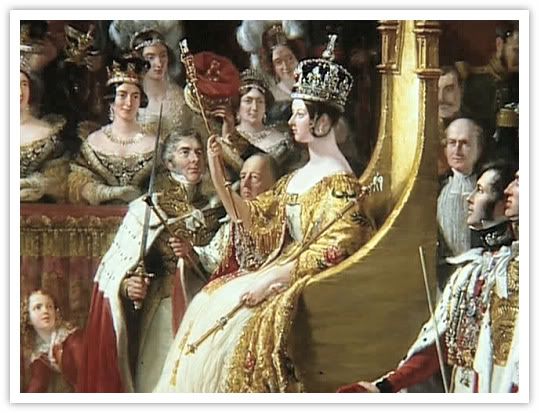 |
| Painting of Queen Victoria's coronation. Obviously, there are no photos. |
 |
| Emily Blunt in The Young Victoria. |
A lot of effort went into making this costume as authentic as possible, including handling the original gown in the archive at Kensington palace. In an interview about the process of making this gown, Sally Powell (a nine times nominee and three time winner -- all for historical dramas -- of costume design Academy Awards) describes perfectly the archetypal historical drama costume process:
"...made completely from scratch with us creating the fabric first. Having seen the original in the archive, it was a challenge to recreate this. We did this by buying a plain fabric with a metallic thread in it, then dying it to the right shade of gold, then all the intricate embroidery was recreated by printing and hand painting."
That's bloody amazing. You're impressed, aren't you? I'm impressed. All that work! And you can't deny that the gown looks fantastic. It's a pity they didn't go to the trouble of making the rest of the movie just as authentic -- including rotten teeth, for example (an aspect of "history" often mysteriously ignored by filmmakers), or an actress who, you know, looked anything like Queen Victoria. Why is it that people value historical accuracy in costuming so much higher than in any other aspect of a film? Take a look at the wikipedia entry for "historical accuracy in Gladiator" some time. That movie won an Oscar for best costume design as well.
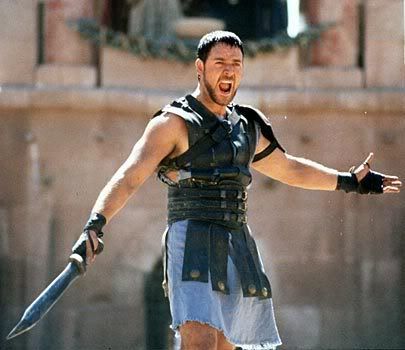 |
| FUCK YEAH I DESERVED THAT AWARD, CHECK OUT THIS BITCHIN' SKIRT |
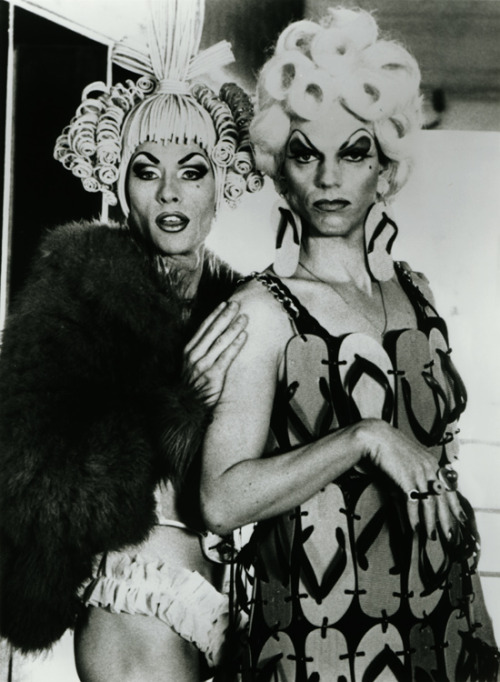 |
| You look fantastic, Elrond. |
3. Sparkles! There's something about people dancing around in shiny outfits that taps straight into the animal hindbrain and makes it go, "Yay!"
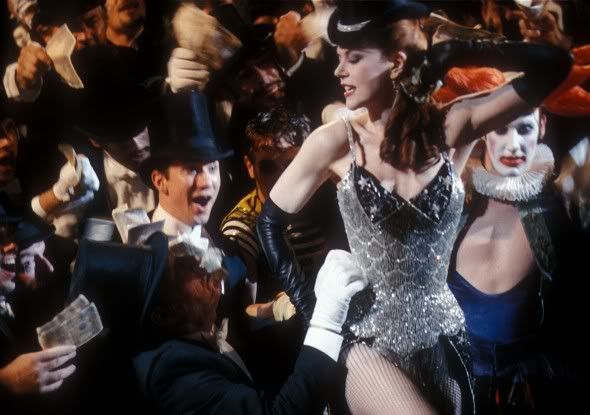 |
| Omigod I look AMAZING! Sparkles!! |
The one thing I think actually matters.
Having read the last few paragraphs, you probably think I have no respect for the hard work and talent of costume designers. Not true! In fact, I am in awe of a great many historical films for precisely the same reason most people are: the amount of effort that's been put into their historical authenticity. (Also, the quantity of pretty sparkles.) However, I think there's one fundamental element of costume design that is rarely taken into account not only by judges during awards season but by most casual viewers, and that is characterisation.
The most important thing about any costume is its fidelity to the character who is wearing it. You can have years of experience in medieval embroidery under your belt but still turn out a totally inappropriate set of costumes for a King Arthur movie if you haven't thought about the characters. Is this person messy or neat? Do they even care about their appearance? (A possibility that clothing/appearance-obsessed people may well forget, on occasion.) Is it practical or realistic to have them wear a different outfit in every scene?
In films set in the last 30 years, this is more important than ever because of the wider range of clothing available to everyone. In a film like The Young Victoria everyone's clothes would be slightly different because they'd all be sewn and fitted by hand but they would be almost identical in style because to the unschooled eye, fashions were far more uniform until the 20th century. However, a similar film about the events surrounding Prince William and Kate Middleton's wedding would require just as much costuming but a far wider range of styles. The Oscar would probably go to the one set 150 years in the past, though, because you'd notice the costumes.
So, next time you're watching a movie set in 1995, or 2005, or the amorphous "present day" of most relationship dramas and action movies, take a look at what everyone's wearing. And see if it's more or less authentic in relation to the characters' personalities than the costumes worn in a film set a century earlier.






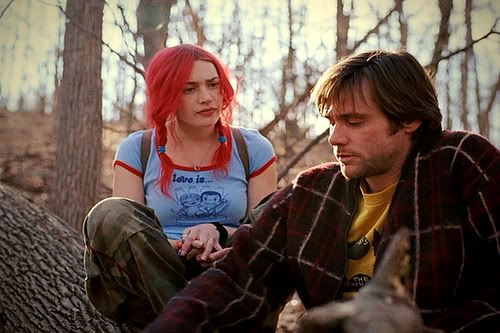










0 comments:
Post a Comment